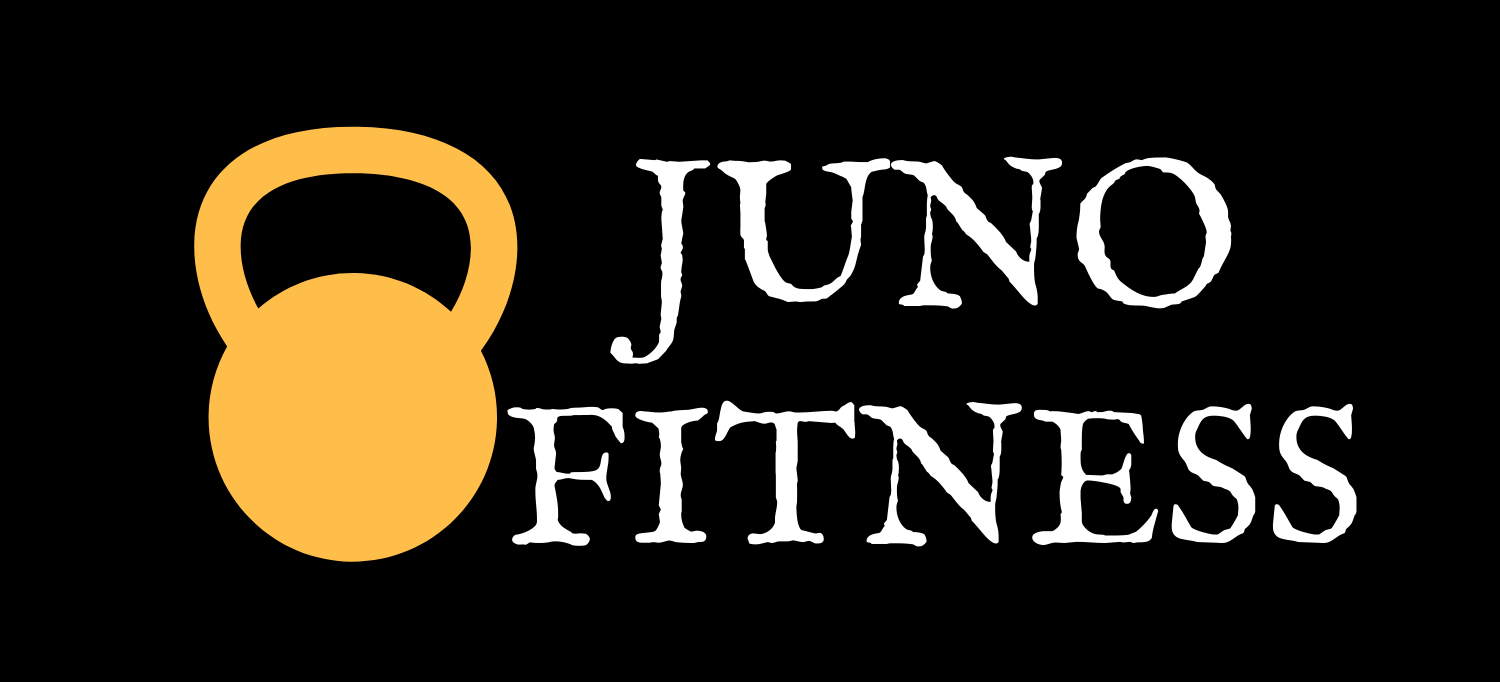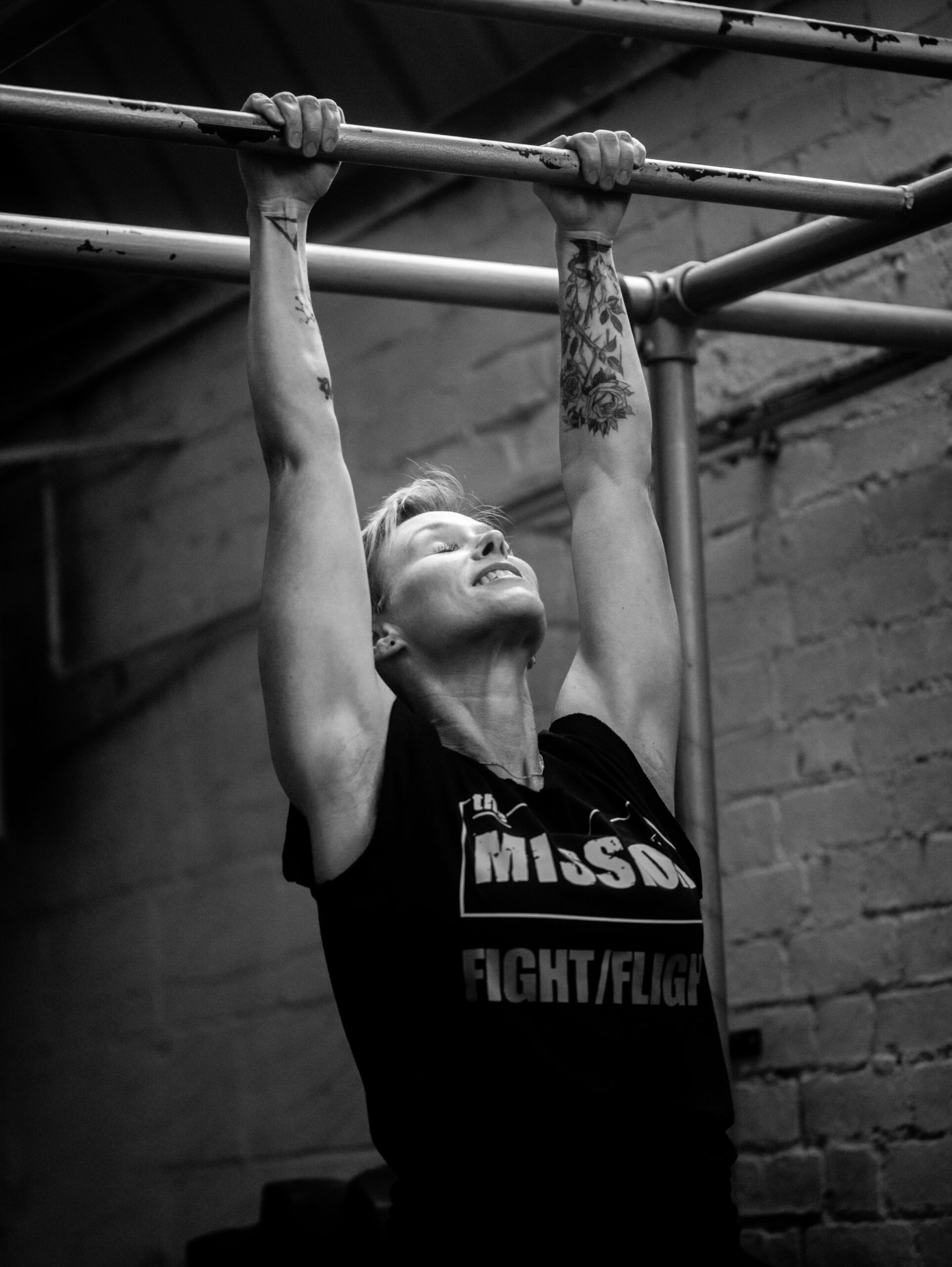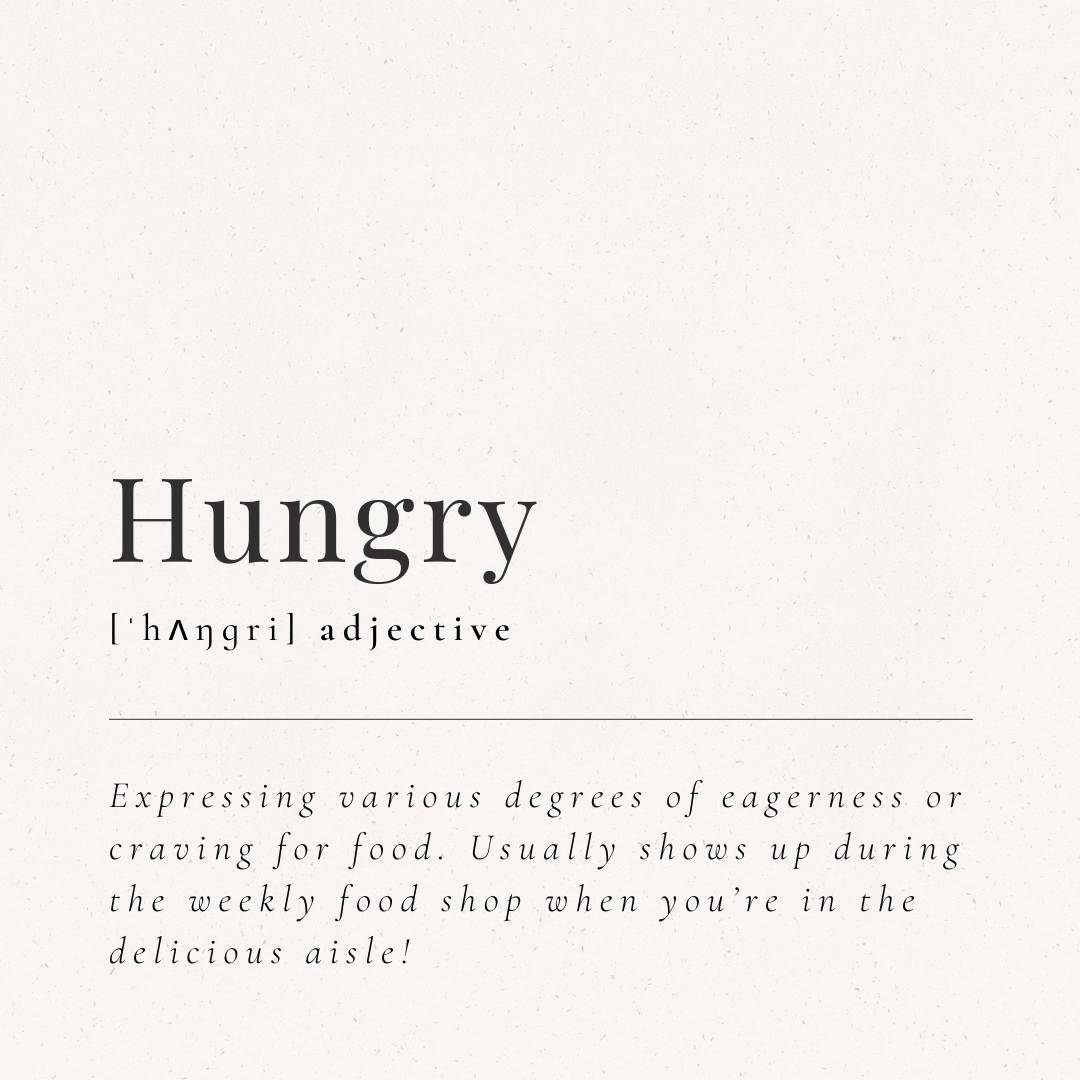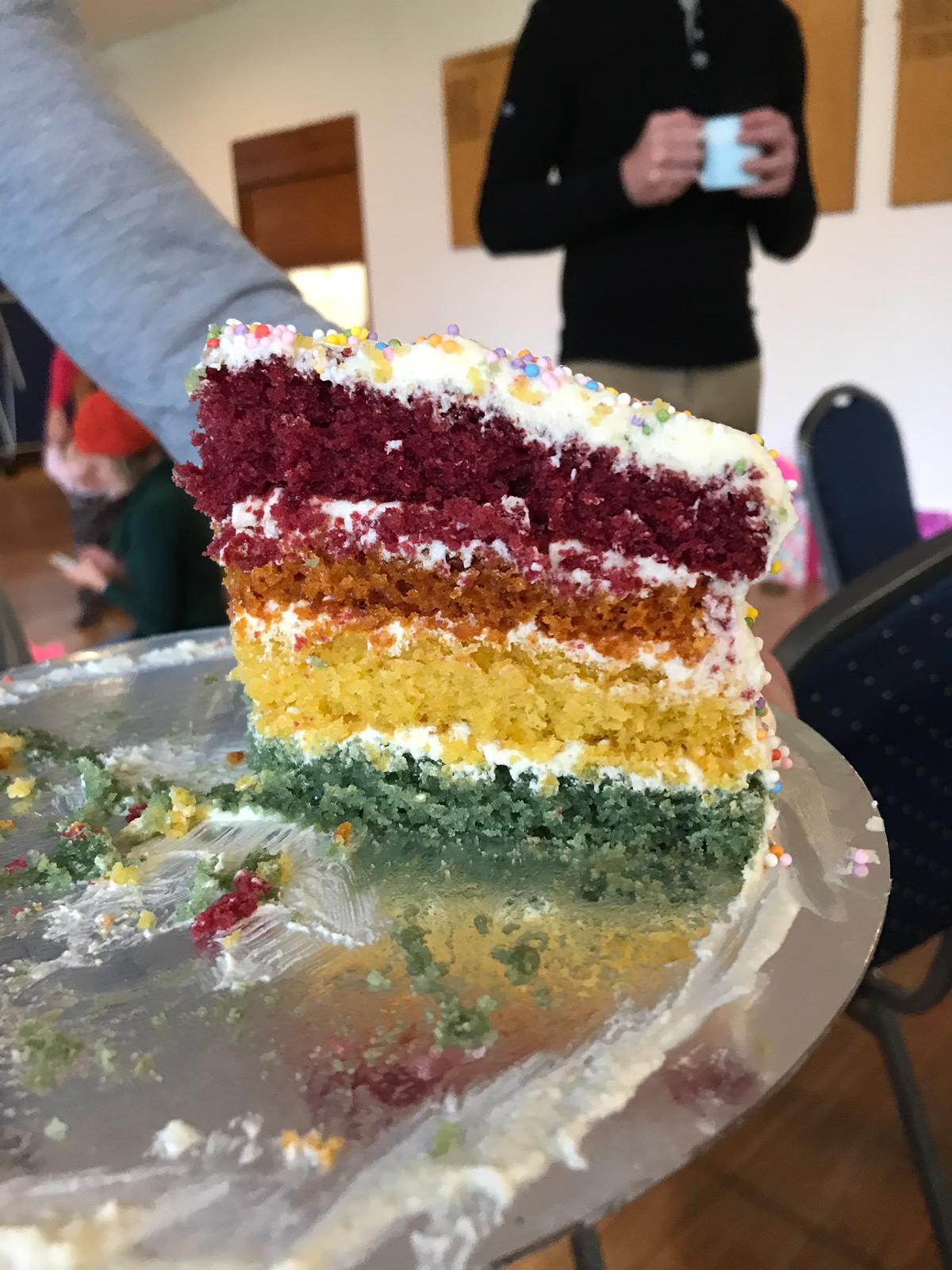Who Ya Gonna Call? Mythbusting Episode 2: A good workout has to hurt the next day sore muscles after exercise
The second in this series is an interesting one: A good workout has to hurt the next day.
Not quite true. Obviously not, because otherwise I wouldn’t have written this!
You might be one of those people (I know I am) who get a bit of a kick out of sore, achey muscles after a workout. But sore muscles are not necessarily a badge of honour (although to listen to my husband and I compare how we feel at the end of our training weeks you’d be forgiven for thinking otherwise!)
But let’s get some facts:
Soreness doesn’t mean it was a good workout. It simply means that it shocked your muscles in some way.
It doesn’t mean that the body part in question is going to look different in the mirror after it stops hurting.
Likewise, it doesn’t mean that you’re injured.
It might mean that you don’t eat enough protein or that you don’t move enough outside of your training sessions though. As we already know, protein will help rebuild muscle, and movement (stretching and mobilising particularly) will help to get some extra, healing blood flow to the area.
Delayed onset muscle soreness (or DOMS, as the cool kids call it), refers to the stiff, weak, and sore muscles that you get about 24 to 48 hours after a workout. 48 hours tends to be the peak, speaking from experience!
It’s especially common if you’re new to training, haven’t exercised in a while, recently tried a new type of movement or significantly increased the intensity of something.
Like for example, instead of a few half-hearted bodyweight squats in your kitchen, you train with a strength coach and they and you a 16kg kettlebell and teach you how to go ass to grass.
Stairs will temporarily be your nemesis.
sore muscles kettlebells
However, when you come to your next session and do the same thing, it won’t hurt as much afterwards.
And if you continue to do it every session, gradually increasing the intensity/reps/weight, it’ll stop hurting at all.
Does this mean you’ve got stronger? Yes.
But does this mean the exercise is no longer effective?
No.
If we up the weight slightly, do more reps, decrease your rest, it still won’t hurt like that first time.
Because you’ve built capacity.
It’s the shock that causes muscle soreness. If you mistakenly decide to take 6 weeks off, you’ll likely be back to where you started from!
But let’s imagine you’ve continued diligently progressing your squats. If you then learn how to do kettlebell swings, gosh your hammies are going to hate you the next day. But alas, there isn’t ever (save for very good reasons) a session that doesn’t involve kettlebell swings imho, and after a while they do stop causing DOMS.
They do not, however, stop being one of the most useful exercises you can do for building an athletic body.
(Side note; do your swings)
But back to the point.
As you know, getting stronger comes down to your body’s ability to adapt to the stresses you put it under. Challenge it, break it down a bit, and as it recovers it will build itself back to being stronger and fitter than before.
So, from that point of view, DOMS has to be a good thing, right?
Well, sometimes it is. It can be a sign that you’re challenging your muscles in new ways, hitting previously underused movements, and increasing your workout’s intensity. But if you continue to experience it to a debilitating degree, it can also be a sign that your workout is all over the place, you aren’t progressing toward any one goal (because you’re chasing the pain caused by novelty), and that your body is in need of recovery.
Random workouts tend to have this effect. So, you need to check in with yourself and work out the reason for the sort of DOMS that stops you in your tracks, if you find yourself regularly suffering.
It’s possible that you’re trying new and different workouts every time that you train, which, in the end, will limit your results. It doesn’t matter if we are talking increased speed, muscle or better cardiovascular health, they all need consistency.
Think about it this way: You aren’t going to get stronger glutes by doing only goblet squats one week and press-ups the next.
No, you have to do squats every single week, increase their depth, weight, or number of reps or sets, as often as your trainer or (sensibly planned) programme tells you.
Recovery is also essential. Overtraining can be redefined as under-recovering. Rest, water, nutrition.
They are all crucial to progress.
Also, and this is an obvious problem with always chasing the soreness, you’re less likely to want to go to the gym, pick up your bells, or even walk up the stairs, if it hurts every time. That’s no good for progress now is it? Remember we talked about consistency?
Don’t let the occasional bout of DOMS put you off though. It’s not necessarily a good thing, but that doesn’t mean it’s totally a bad thing.
Rather, it’s a chance to learn something about yourself. Had you not been pushing yourself hard enough before? Do you need to increase your protein intake or make sure you’re recovering between workouts? Is it a temporary sign to tell you you’ve reached a new level?
When DOMS is a part of your life constantly and it’s stopping you in your tracks, that’s a sign to make some changes.
When it’s a temporary occurrence that you can attribute to a defined reason, it’s a sign of changes having happened.
It’s actually not all that difficult, as a trainer, to make someone hurt after their workout.
It’s more of a skill to make that discomfort something that becomes a signpost of change; be it a need to change something, or a change that they have achieved access to.
You wouldn’t be handed that heavier bell to squat with or taught to swing if you weren’t ready for it.
So, what are the other ways that you can tell you’ve had a good training session, apart from sore muscles?
You leave the gym/your training space feeling better than when you arrived. Slightly more worn out perhaps yes, but feeling fizzy (that’s a scientific term) and energised to take on the day.
Your rate of perceived exertion (how hard something feels, if 1 is easy and 10 is “I can’t do this make it stop”) should have fallen between 6-9 during your session depending on what you were doing.
You’ve actually made tangible progress: lifted heavier, increased reps, reduced rest – all with good form.
In summary, sore muscles after training isn’t either a good sign or a bad sign necessarily. Rather it’s a sign. What that sign means determines whether it’s a good sign or a bad thing.
As always, intention is everything.



